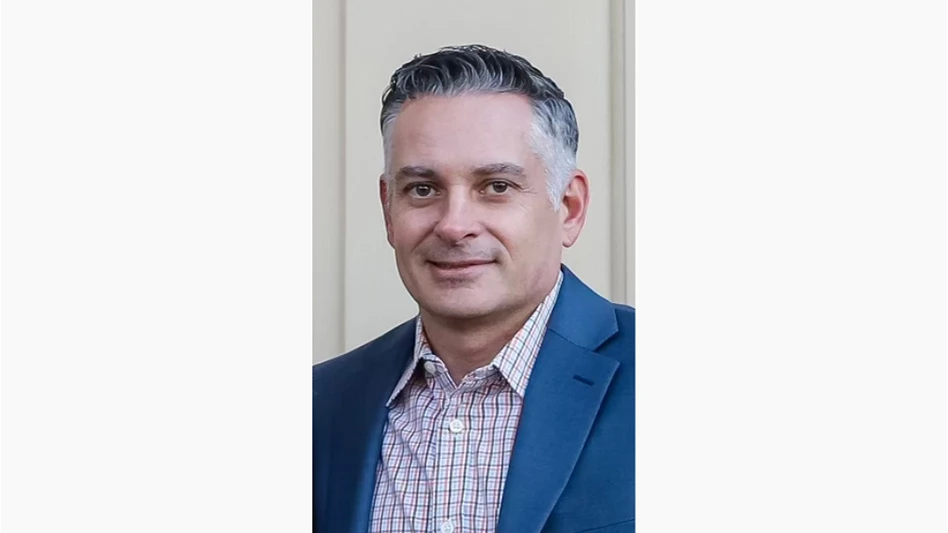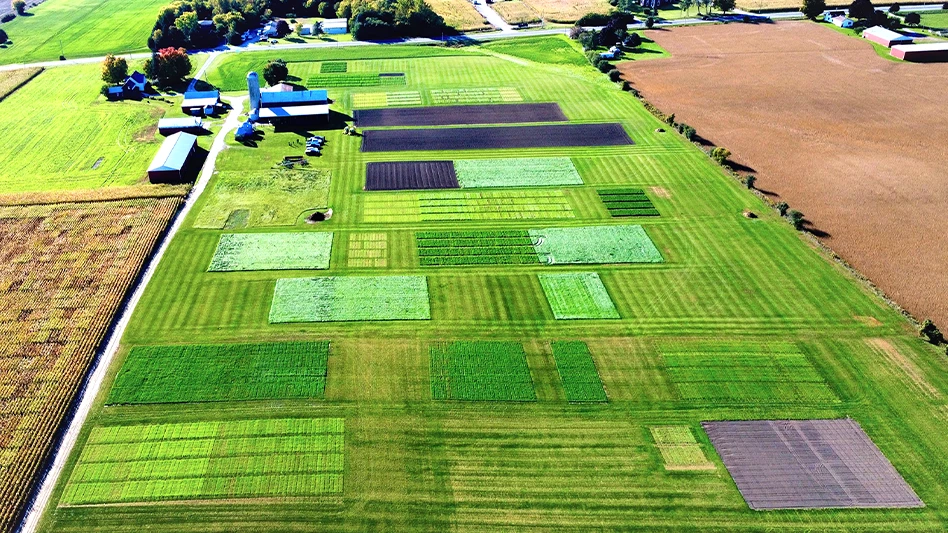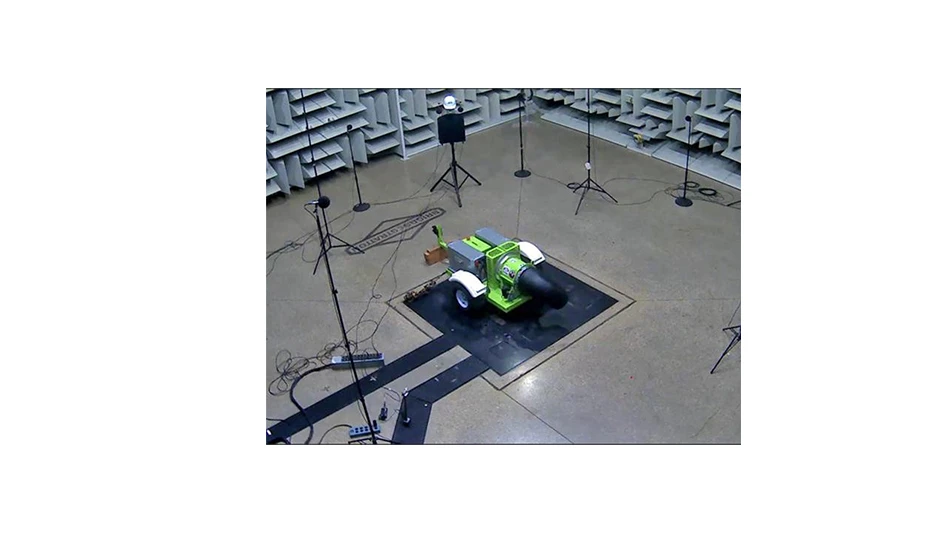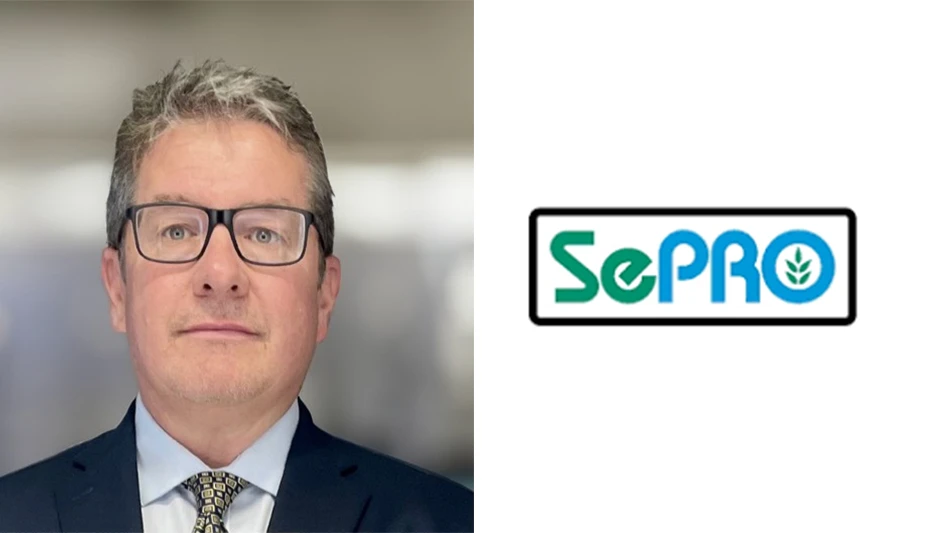Since its introduction to the industry in the 1990s, seashore paspalum has made significant inroads to replace bermudagrass and other varieties on golf courses in the southeastern United States. Because seashore paspalum is a perennial turfgrass indigenous to tropical and coastal areas, it’s highly tolerant of the environmental stresses in those climates.
Seashore paspalum can provide high-quality turf in reduced-light and waterlogged conditions, as well as in soils with wide pH levels. It also requires a lesser amount of nitrogen fertilizer to keep it healthy. But one of paspalum’s most powerful attributes is its ability to tolerate elevated salinity levels that would affect other turfgrass types much more negatively.
“It’s slowly but surely taking over the bermudagrass market for golf courses,” says Jarrett Eledge, golf course superintendent at King’s Crossing Golf & Country Club in Corpus Christi, Texas. “Its drought tolerance is amazing, and the color is stunning.”
With superintendents concerned about water-restrictions throughout the South, seashore paspalum seems like one answer to that problem. It can be irrigated using recycled water or water with a high salt content. Although, like other warm-season grasses, it produces optimum conditions when irrigated with potable water.
When the owners of Edisto Beach (S.C.) Golf Club were considering grasses for their course during its renovation two years ago, they settled on Sea Isle paspalum because of its ability to be irrigated by nonpotable water sources.
“When I did soil samples before the renovation and took water analyses, the bicarbonates and sodium levels were off the charts,” says Tom Arneman, golf course superintendent at Edisto. “We use effluent water to irrigate, and we thought the paspalum was a good alternative to bermuda. It’s worked great for us. We have Sea Isle wall to wall, and we were able to open our course three weeks earlier than if we had planted bermudagrass.”
Kyle Sweet, CGCS, at The Sanctuary Golf Club in Sanibel Island, Fla., maintains Sea Isle 1 paspalum on the fairways and rough areas and Sea Isle Supreme on greens. The decision to replace bermudagrass with paspalum in 2005 was twofold: the desire not to have to overseed and the fact the grass can handle inferior water sources.
Mowing and verticutting
Superintendents who maintain paspalum advise keeping mowing heights low to help prevent thatch buildup, which can create an environment conducive to disease. One of the benefits of paspalum is that it can be mowed to extremely low heights with little risk of stressing the plant.
Jim Brown, CGCS, at Newport Dunes Golf Club in Port Aransas, Texas, mows fairways at five-thirtyseconds of an inch to create a firmer surface.
“It’s almost like you’re treating it like a cool-season turf from the standpoint of mowing heights, the frequency of mowing and aerification,” Brown says. “Something akin to bentgrass or ryegrass.”
Arneman concurs, saying paspalum seems to be a warm-weather grass with some cool-season characteristics.
“You need to keep the paspalum at a lower height, but remember paspalum likes to be brought down slowly,” he says. “If you don’t keep it low, it’ll get clumpy.”
Low mowing heights create the possibility of scalping the turf, and that can invite disease. Helminthosporium seems to be a problem if the turf is injured because of salt, drought, scalping or another disease, after which the Helmin can occur, says Robert Carrow, Ph.D., professor of turfgrass science in the department of crop and soil sciences at the University of Georgia. Curvularia is a disease that can be a secondary problem after initial injury by another factor. These two diseases can be alone or in complex with one another.
It’s also advisable to verticut aggressively to prevent thatch and allow the tightly knit and deep roots to breathe and receive nourishment.
“I’ve had to be regimented about verticutting and topdressing,” Arneman says. “I’ll do light verticutting every two weeks during the growing season and topdress lightly the same day.”
Brown warns against deep verticutting, which can be detrimental. When he did heavy verticutting initially, there was an extensive recovery period.
“We now do light but frequent verticutting,” he says. “There’s been an increase in mechanical maintenance with the paspalum, but we’ve seen a decrease of spending on fertilizer and chemicals.”
Superintendents recommend verticutting greens and fairways at least two to four times a year. Areas that receive more foot traffic, such as tee boxes, should be verticut more frequently.
Under pressure
A benefit of seashore paspalum is that it doesn’t need much fertilizer once it becomes established. Annual fertilizer rates between 5 and 8 pounds per 1,000 square feet of turf except greens and between 3 and 6 pounds per 1,000 square feet on putting surfaces are recommended. The plant can be susceptible to disease if too much fertilizer and irrigation are used.
“Initially, when seashore paspalum cultivars were released and the species came into wider use, the disease concerns were primarily take-all and brown patch, which are promoted by excessive soil moisture,” Carrow says.
Since management practices for paspalum have become more refined, there’s less concern about disease pressure, Carrow says.
“The reasons for problems was that applications of too much nitrogen and too frequent irrigation leads to build up of excessive organic matter in the surface zone, which retains excessive moisture and results in low oxygen,” he says.
This predisposes the plant to disease. But turf managers who’ve reduced nitrogen applications and adjusted their irrigation practices rather than following a bermudagrass management regime have reported much less disease pressure, Carrow says.
Because seashore paspalum develops a deep root system and can tolerate drought conditions, it needs less water. Along with using less nitrogen, reduced watering prevents the accumulation of excessive organic matter in the surface zone of the plant, which protects the grass from the onset of disease.
Reports of dollar spot and brown patch have surfaced on some courses with seashore paspalum, although incidences of the annoying turf problems seem to be irregular, a result of poorly draining soil and localized weather conditions.
“Dollar spot has been observed but doesn’t seem to be all that frequent or serious,” Carrow says.
Dollar spot caused by Sclerotinia homoeocarpa and large patch caused by Rhizoctonia solani are two common diagnoses given to seashore paspalum through the Rapid Turfgrass Diagnostic Service at the University of Florida, says Philip Harmon, Ph.D., associate professor of plant pathology. Generally, cultivars of seashore paspalum are more susceptible to the two diseases than cultivars of bermudagrass. Paspalum is less susceptible to dollar spot than bentgrass and less susceptible to large patch than zoysiagrass cultivars. Other common diagnoses include fairy ring and leaf and sheath spot.
Increasing nitrogen fertility can help manage disease. But at inappropriate times of year – such as late fall – it can lead to other disease problems such as large patch, which results in a discolored ring or patch ranging from a few inches to several feet across at the first occurrence, Harmon says. As the patches expand, thin turf is left in the center. These areas may thin and continue to decline until spring and better growing conditions occur. The disease doesn’t kill paspalum in most cases, so it’ll recover.
“There’s always diseases in the soil,” says Lee Bladen, golf course superintendent at Old Palm Golf Club in Palm Beach Gardens, Fla. “It’s finding the right balance of growing the grass to the point where it doesn’t stress. Paspalum isn’t any different from bermuda in that regard.
“We’ve seen some spotted patch and dollar spot, but it’s because we’ve been riding a fine line with fertilizer and trying to find the right levels to apply,” Bladen adds. “And we’ve learned to manage our irrigation program to cut down on the incidences of disease.”
Hammock Bay Golf Club in Naples, Fla., was one of the first courses in the country to use seashore paspalum (Sea Dwarf) wall to wall. Rodney Whisman, golf course superintendent, says he and other superintendents have dealt with a learning curve when managing paspalum.
“Disease control is always our No. 1 issue because of climate – the heat and the humidity we have here,” Whisman says. “There’s a multitude of things weather conditions are conducive to. One of the issues I’m concerned with is pythium on the greens, which seem to hold more moisture. But I don’t lose any sleep over it. Certain times of the year we’re also seeing yellow patch pop up here and there.”
Treatments
Whisman treats his problem areas with various fungicides, such as Daconil, and herbicides.
“I’ve never been a big believer in preventive programs,” he says. “I treat when and where needed. Basically, you have to stay on top of things.”
Most superintendents managing seashore paspalum rely on some level of fungicide use for preventive disease management. Fungicides are excellent tools for this task but are expensive and aren’t usually feasible on all areas of the course, such as fairways and roughs, Harmon says.
Other factors affecting disease are fertility programs, irrigation quality and schedule, height of cut, growth regulator use and rates, and course construction.
Sweet remains vigilant during the summer months when the weather conditions make the paspalum most vulnerable to disease if left unguarded. He’s been on a preventive program with greens during the summer when he’s noticed there may be more potential for disease. He’ll use chlorothanil and thiophanate and curative rates of Compass and/or Heritage where needed to prevent and treat brown spot.
Arneman treats his greens preventively every 21 days with fungicides, including Insignia and Compass. He rotates fungicides when the temperatures call for it.
“I’ve never put fungicides on the fairways, even though I get my fair share of dollar spot and brown patch,” he says. “The grass will thin a little, but the problem runs it course, and the turf replenishes itself quickly.”
Superintendents should keep in mind fungicides or herbicides that aren’t labeled for use on seashore paspalum can damage the plant. Increasingly, more fungicides and pesticides are being labeled for seashore paspalum, Carrow says, adding that the limited number of labeled pesticides was a problem initially.
There are numerous fungicides on the market for control of diseases such as dollar spot, leaf spot, take-all patch and fusarium blight labeled for use on paspalum. Most three-way mixtures of 2,4-D, MCPP and diacamba herbicides are labeled for use on paspalum and provide postemergent control of many broadleaf weeds.
DMI fungicides aren’t new but have been used sparingly on bermudagrass because of the potential to burn turf, Harmon says.
“Some of these products are among the best performers for dollar spot, take-all, root rot and large patch management,” he says. “These offer good rotation or tank-mix partners for QoI products. I’ve tested many products in repeat, off-label research programs, and my data suggest these are safe for use on seashore paspalum turf if used as directed.”
John Torsiello is a freelance writer in Torrington, Conn.

Explore the February 2009 Issue
Check out more from this issue and find your next story to read.
Latest from Golf Course Industry
- Reel Turf Techs: David Gummo
- PBI-Gordon promotes two to executive level
- VIDEO: A First Green morning
- Bloom Golf Partners adds HR expert
- Seeking sustainability in Vietnam
- Kerns featured in Envu root diseases webinar
- Toro continues support of National Mayor’s Challenge for Water Conservation
- A different kind of long distance





